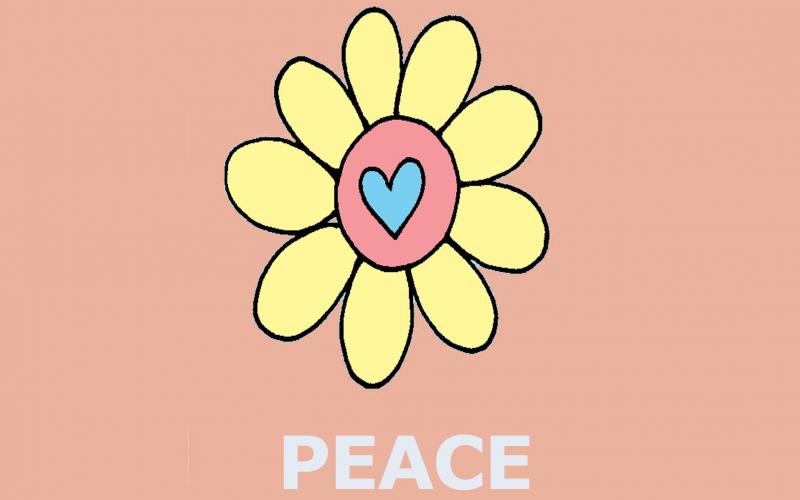THE VALUE OF PEACE
A value-based education is an education for peace

THE VALUE OF PEACE
A value-based education is an education for peace.
Peace is a life goal for all people, and yet we can sadly testify how despite the advances in science and technology, war and strife continue to prevail in the world. This lack of harmony is at all societal levels: in the individual, the family, the nation and among nations. The reasons are many. To foster peace in education means to explore these reasons and to cultivate the necessary life skills to help children create a peaceful inner environment by learning to develop and maintain a state of calm, contentment and balance. Because World peace depends, first and foremost, on our capacity to foster peace within ourselves, and to live up to its associated values such as acceptance, cooperation, tolerance, tranquility and equanimity.
Peace is, in fact, a permanent state of mind, based on inner harmony and equilibrium and on our ability to be mindful. To reach this state we need to find ways to detach from the turmoil of life, and learn “to calm our emotions and transform reactions into active calmness”. (Marianne Meyer). This enables us to see things as they are and grasp experience and circumstances as parts and portions of a much wider picture. As our understanding broadens thanks to a more neutral and objective perspective, we become more prone to adopt a positive outlook and a nonjudgemental attitude.
It is extremely important to help children build this knowhow and to provide them with the tools needed to calm their emotions, release tension and still their minds. Learning to sit quietly and watch one’s breath is one way to do so. To allot quiet time during one’s school day or home schedule can influence them profoundly and positively, as well as offer opportunities for introspection and self-analysis. A regular habit of silent sitting nurtures inner calm, but it also builds concentration skills and memory, and reorients and transforms impulsive and careless tendencies.
To grasp the workings of one’s mind is a key aspect in fostering inner peace. It can be life-changing for children to understand how the senses influence their attitudes and behaviour and to learn that they can control them and decide what to take in. To discover that they can be in charge, and how to use their mental energy in a constructive way is empowering. This means becoming self-conscious, paying attention to one’s thoughts, words and actions and making conscious choices. The ability to manage one’s emotions and desires confers the power to direct one’s lives and live up to one’s dreams and values.
A value-based education is implicitly an education for peace and upholds right human relations through shared values. It reinforces the children’s character with growing awareness and fosters contentment and self-confidence, integrity and inner freedom, within the all-inclusive scope of unity in diversity.
The ability to make responsible choices, to still one’s emotional outbursts and keep one’s mind in check, depends mainly on oneself. One cannot change others, or transform the world, but can change oneself. Then the world and one’s surroundings will change as well. We are all part of society and co-create it; cultivating inner peace on a personal level is a building block from which an environment of love can be established, which will lead to a nonviolent society.
DOCUMENTS & PUBLICATIONS
-
EDUCÆRE HANDBOOK
Introduction to the Sathya Sai Education in Human Values programme, known also as Sathya Sai EDUCÆRE.